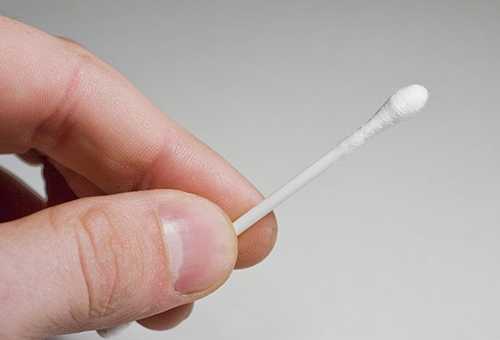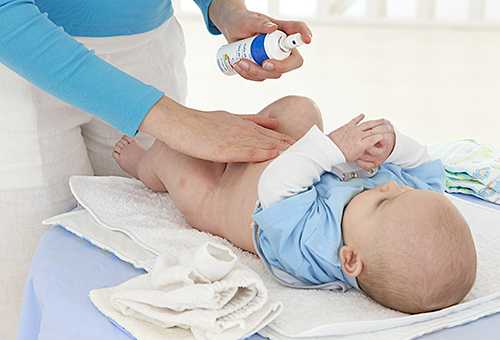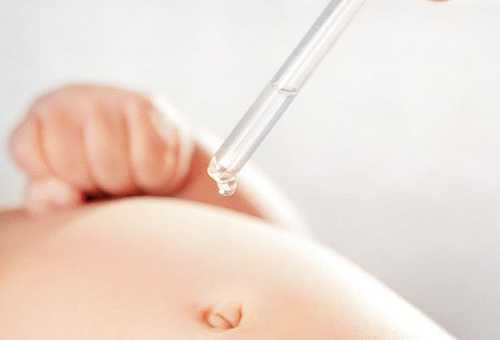The first days of a baby's life are an amazing and very responsible period for inexperienced parents. The first question they have is how to handle the navel of a newborn? It's not at all as scary as it seems. It is only necessary to choose the right solution, follow a certain technique of manipulation and take into account the regularity of the procedures.
The first time in the hospital, a special clamp is applied to the remainder of the umbilical cord
Care of the navel of the baby in the maternity hospital
Immediately after childbirth, the rules of hygienic care for the child come into force, one of the mandatory stages of which is the treatment of the navel. The length of the umbilical residue at this point does not exceed two centimeters. Processing the navel in the maternity hospital can be done in different ways.
- public method. A metal or plastic clip is applied to the umbilical residue, the bandage is not used in this case. Until the discharge of the newborn, the remainder is treated daily with hydrogen peroxide and a solution of potassium permanganate. After no more than five days, the excess skin falls off, leaving behind a small wound.
- On the second day after birth, the remainder of the umbilical cord is cut off with surgical scissors or a scalpel, followed by the application of a sterile pressure bandage. After two hours, it is weakened and removed after a day. The resulting wound is treated daily with hydrogen peroxide and potassium permanganate. Over time, the wound heals with the formation of a crust, which quickly disappears.
Depending on the type of treatment that the navel has undergone in the hospital, follow-up care is carried out at home.

After the crusts soften under the action of peroxide, you can carefully remove them with a cotton swab.
What is the best way to treat the umbilical wound of a newborn?
Among the most popular means used to treat the navel of a newborn, experts distinguish traditional preparations and novelties. They must be used correctly and for their intended purpose, otherwise a burn or sores may occur.
The traditional ones include:
- 3% or alcoholic hydrogen peroxide solution. The first is instilled into the umbilical fossa, the second is moistened with a cotton swab, which is used to treat the umbilical ring.
- 2-5% potassium permanganate solution. It is a drying and disinfecting drug. Before treating the navel with the resulting pink liquid, it is necessary to pass it through several layers of gauze, which will retain undissolved crystals.
Of the novelties, one can distinguish 1% chlorophyllipt solution. This is a unique preparation of natural origin based on extracts from eucalyptus. The drug actively fights streptococcal infection, acting gently and without causing pain.
Not so long ago, it was customary to treat the umbilical wound of a newborn with brilliant green. Today, experts recommend abandoning this option, because it causes the appearance of a thin film on the skin that prevents the navel from healing quickly.

Treatment of the umbilical wound can be carried out using various special tools.
How to properly handle the navel of a newborn at home?
Complete wound healing takes about three weeks. Within 1-1.5 weeks, parents should treat the navel after daily bathing of the newborn. The technique of manipulation will be explained by the nurses in the maternity hospital or the patronage nurse.
To properly treat the wound, it is necessary to prepare a 3% hydrogen peroxide, a solution of potassium permanganate or chlorophyllipt, cotton swabs and swabs, a pipette.
- Before treating the navel of a newborn, the baby must be bathed. Sometimes herbal decoctions are added to the bath, which also accelerates the healing of the umbilical wound.
- After bathing a newborn, a few drops of hydrogen peroxide are dripped onto his navel.
- You need to wait a few minutes, then the crust will soften.
- The skin area around the navel is carefully moved apart, softened pieces of the crust are removed with the help of cotton swabs or discs, the skin is dried.
- The navel is smeared with chlorophyllipt or potassium permanganate.
At first, the first stage will be accompanied by peroxide foaming, after a while this will pass. Such a reaction will indicate that the navel has healed.

If the umbilical wound has already healed, it makes no sense to continue the procedures for its treatment.
How many times a day and for how long should the navel of a newborn be treated?
In the normal course of the recovery process, a daily one-time care for the umbilical wound is sufficient. When droplets of blood appear, it is necessary to treat the skin more often - up to three times a day.
If after three weeks the wound has not healed, despite the fact that the care was carried out correctly and regularly, you should consult a doctor. With the appearance of swelling around the navel, purulent discharge with an unpleasant odor, redness of the skin and anxiety of the newborn, it is also necessary to urgently seek help from specialists.
Sometimes there is increased bleeding of the wound, most often it is associated with the discharge of a very large crust. In this case, you can use a special hemostatic sponge.
The main thing that inexperienced parents should remember is that they should not be shy about seeking help or advice from doctors. The first days of a baby's life are one of the most exciting periods, and it is necessary that only positive memories of this time remain.




